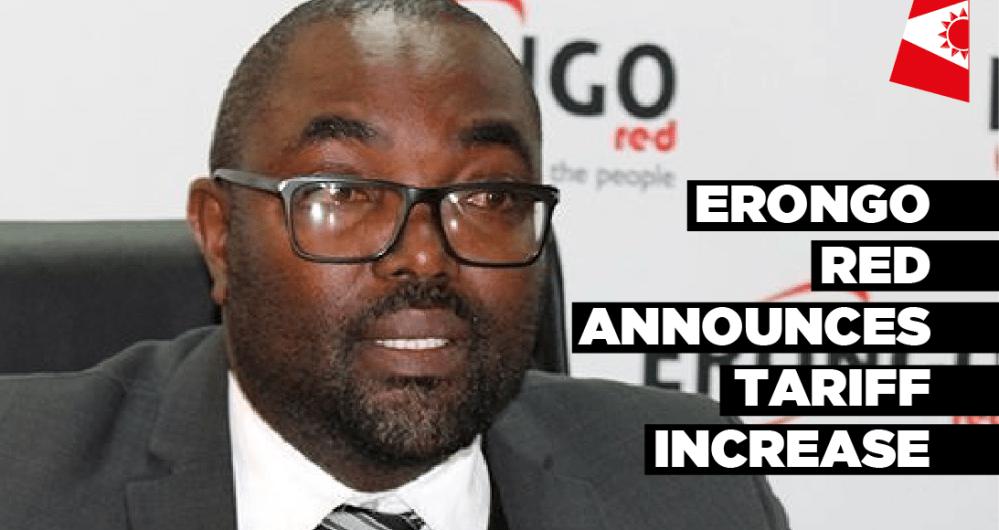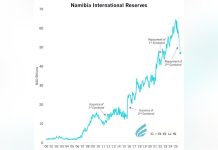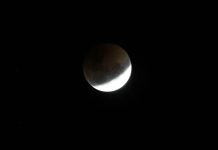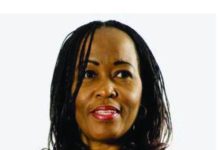Africa-Press – Namibia. THE price at which electricity is resold to consumers in the Erongo Region has increased with 1.7%. The Chief Executive Officer of Erongo RED, Fessor Mbango, made the announcement and said that the regional electricity distributor has done everything in its power to keep the tariff increase as low as possible while still subsidising its most vulnerable consumers.
He said that Erongo RED was also negatively impacted by the advent of the Covid-19 pandemic and could not implement its annual tariff increase during 2020.
“For the last few years, Namibia has experienced a slowdown in economic activities. The rampant Covid-19 pandemic has continued to slow down the prospect of economic recovery. Like any other business in our region and across the country, Erongo RED has also been negatively affected by the current situation,” he said.
Mbango indicated that in April 2021, the Electricity Control Board (ECB) announced that NamPower’s average tariff would increase from N$1.65 to N$1.69 per kilowatt-hour for the 2021/2022 financial year and that it constitutes a weighted average increase of 2.92%.
After the ECB’s announcement, Erongo RED submitted an application to the controlling body for tariff adjustment increase for the 2021/2022 financial year.
“The ECB approved an average upward adjustment of 1.7% in tariffs that has been implemented at the start of July 2021 and will be in effect until the end of June 2022,” he said.
Mbango pointed out that the 1.7% average tariff adjustment has resulted in the increases on different customer segments and that the impact will vary depending on individual consumer consumption patterns. He said that statutory levies and the ECB Levy will remain unchanged for the effective period of 12 months.
He said that despite the increase, pensioners will continue to enjoy other benefits such as no basic charges and that such customers will also enjoy subsidised tariffs while the installation of prepaid metres will remain free of charge. Mbango further said that Erongo RED will continue with lifeline tariffs for customers on the 20- ampere circuit breakers.
“Customers on the 20 amperes will be charged on the inclining block tariff structure. The Inclining Block Tariffs means that the electricity price is divided into three blocks. The first block of electricity is at the lowest price for the first 100 units. As the customer purchases more electricity during the month, the electricity bought will eventually fall in block 2 for the next 400 units, which is a bit more expensive. This process repeats automatically as the customer purchases further electricity to move into the last block, which is above 500 units. At the end of each month, the history is reset and the customer will again start the next month from block 1. Thus, the first 500 units for this customer segment are subsidised,” he explained.
He added that pre-paid customers above 20 amperes connections will continue on the flat tariff structure. Customers in this category, he noted, will be charged the same rate throughout the month.
He advised customers who cannot afford to pay the actual retail tariffs to move to the lifeline tariff provided by the RED if they meet the qualification criteria set out in the company’s Social Tariff policy.






